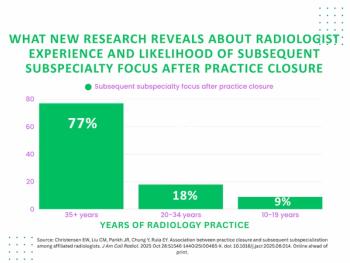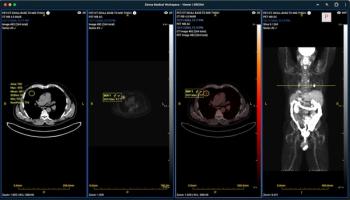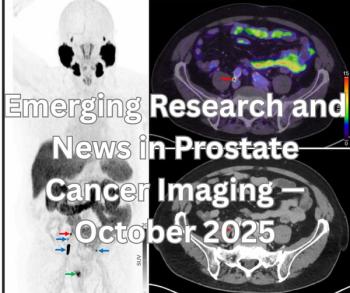
PACS powerhouse could emerge from proposed Cemax/Icon merger
Combined product line appeals to broader marketThe proposed merger of PACS component supplier Cemax with teleradiologymarket leader Icon has industry analysts buzzing about the marketimplications of a marriage between the two northern
Combined product line appeals to broader market
The proposed merger of PACS component supplier Cemax with teleradiologymarket leader Icon has industry analysts buzzing about the marketimplications of a marriage between the two northern Californiacompanies.
The companies announced March 7 that they have signed a letterof intent to merge. A definitive agreement is expected by theend of the month, with final stockholder approval anticipatedin late April, according to Gregory Patti, Cemax chief financialofficer.
Financial terms of the merger were not disclosed. Both privatelyheld firms generated more than $10 million in business last year.In combination, they have an installed base of about 4000 displayworkstations worldwide.
Patti called the stock-for-stock deal a true pooling of interests.Both corporate brand names will survive the firm's combinationinto a single company.
"We hope to be true partners in every respect," hesaid.
Many factors foretell a smooth and prosperous partnership,according to observers. Both privately held firms are about thesame size: Cemax has 55 employees and Icon has 60. Cemax's officesin Fremont, CA, are near those of Icon in Campbell. Additionally,the corporate cultures of the two companies are similar, accordingto Patti.
"We're finding that we share the same attitudes and workethic," he said.
But observers point to differences between the two companies'customer base and product mix as the basis of the merger's appeal.Cemax's business is based on OEM relationships with 13 suppliers,including AT&T, 3M and GE. Its end-users are generally largerhospitals that sometimes have high-volume networking needs foroutlying imaging centers, said Oran Muduroglu, Cemax sales andmarketing vice president.
Icon employs a direct sales force that sells to the end-users.The bulk of its customers are small hospitals and clinics.
There is surprisingly little overlap in the imaging acquisitionand display technologies marketed by the two companies, accordingto Muduroglu. Cemax has concentrated on a 16-bit, UNIX-based platformintegrated with DICOM. It displays diagnostic-quality images withno compression and has many multitasking capabilities. Cemax'simaging archiving capabilities are well ahead of similar productssold by Icon, he said.
Icon's strength is in teleradiology, said Dr. Jeremy Rubin,chief executive. The company has focused on 8-bit, Macintosh-and PC-based platforms in which compression is an option. Videoacquisition is Icon's primary method for capturing digital data.
"We have the happy situation where some of our sites needIcon's lower cost technology. Conversely, some of Icon's customerswant to go to a UNIX-type environment that Cemax can provide,"Muduroglu said.
The deal was welcomed by officials at 3M Medical Imaging Systems,a key Cemax OEM partner.
"The ability to provide scalable solutions has been atthe heart of the 3M image management system philosophy,"said Clifford T. Pinder, vice president. "We see the proposedmerger as enhancing our ability to provide a broad and comprehensivearray of PACS solutions."
Michael J. Cannavo, president of Image Management Consultantsin Winter Park, FL, was enthusiastic about product line synergiesthat could grow from the deal.
"This merger makes the Cemax/Icon combination the teamto beat," he said.
Newsletter
Stay at the forefront of radiology with the Diagnostic Imaging newsletter, delivering the latest news, clinical insights, and imaging advancements for today’s radiologists.






























